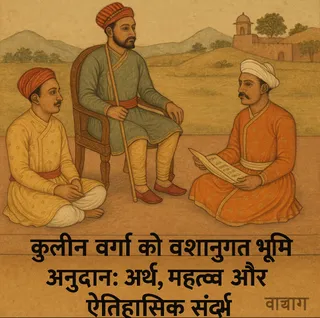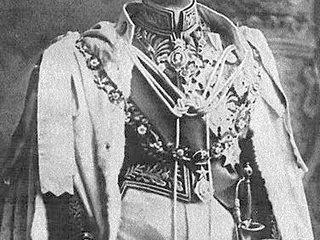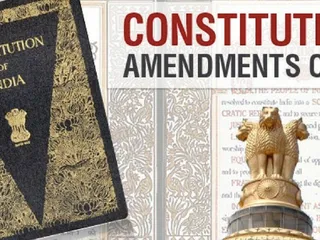The Tanjore (Thanjavur) region of Tamil Nadu, India, boasts a rich history, significantly shaped by the Maratha rule that extended from the late 17th century to the early 19th century. A crucial source for understanding this period is the numerous inscriptions left behind, etched on stone and providing invaluable insights into the political, economic, and social life of the time. While a complete, exhaustive list publicly accessible online is challenging to compile due to the dispersed nature of the records and ongoing research, this overview aims to highlight the significance of these inscriptions and point towards avenues for further exploration.
Historical Context: The Maratha conquest of Tanjore, under the leadership of figures like Chhatrapati Shivaji Maharaj's successors, marked a significant transition in the region's power dynamics. Prior to Maratha rule, Tanjore had been under the control of the Nayakas, a dynasty that had its own distinct history and cultural legacy. The Maratha period saw the continuation and adaptation of existing administrative and societal structures, alongside the introduction of new practices. These changes are reflected in the inscriptions.
Types of Inscriptions and Information Contained: Tanjore Maratha inscriptions are diverse, appearing on temple walls, pillars, and other public structures. They often detail:
- Royal Grants and Land Assignments: These inscriptions record the allocation of land to temples, individuals, or institutions, providing information about land ownership patterns and revenue systems.
- Temple Administration: Many inscriptions relate to the management of temples, detailing endowments, repairs, and appointments of temple officials.
- Taxation and Revenue: Records of taxation, both in kind and cash, offer insights into the economic structure of the region during Maratha rule.
- Social and Cultural Practices: Some inscriptions shed light on aspects of everyday life, including marriage customs, religious practices, and social hierarchies.
- Political Events and Appointments: Key political appointments, military campaigns, and significant events in the history of the Maratha kingdom in Tanjore are documented.
Significance of Studying These Inscriptions: The study of Tanjore Maratha inscriptions is crucial for several reasons. It allows historians to reconstruct the intricate political, economic, and social fabric of the Maratha period in Tanjore. It helps to understand the interplay between the existing socio-cultural structure of the region and the influence of the new rulers. Furthermore, these inscriptions provide primary source material for understanding the administrative practices and revenue systems employed during this era.
Accessing the Inscriptions: A comprehensive, online, digitally searchable database of all Tanjore Maratha inscriptions is not yet readily available. Researchers typically consult archives at institutions such as the Archaeological Survey of India (ASI), the Tamil Nadu State Archives, and university libraries with specialized collections on South Indian epigraphy. Many inscriptions have been published in scholarly journals and books, which should be consulted for detailed information.
Further Research: Ongoing research continues to unearth and analyze new inscriptions from Tanjore, continually adding to our understanding of this important historical period. Further work is needed to create a more readily accessible and digitally searchable database of these invaluable sources.



































